America’s Hunger Crisis Reaches New Heights


The United States is facing a worsening hunger crisis, and one that advocates warn is being dangerously overlooked. As millions depend on federal food assistance programs amid rising prices, data gaps and policy delays are deepening the strain.
According to news reports, 1 in 8 U.S. households now faces food insecurity, a staggering figure that underscores how hunger has reached levels not seen in decades.
The Quiet Suffering Behind Closed Doors

In a report by Time, Citymeals on Wheels CEO Beth Shapiro described seniors like Rubem DaSilva, a 79-year-old New Yorker who no longer cook or shop for groceries after a stroke. His situation reflects a broader, growing reality that hunger is spreading quietly among elderly and disabled Americans who often go unseen
SNAP Benefits Under Threat
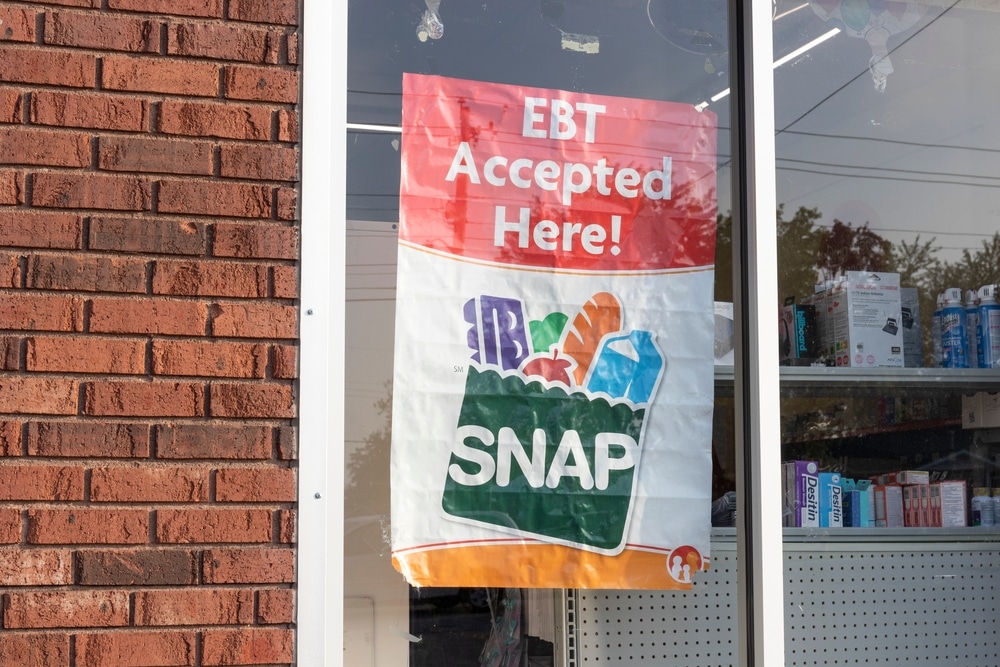
The Supplemental Nutrition Assistance Program (SNAP), which serves over 40 million Americans, has emerged as a flashpoint in this crisis. As Congress remains gridlocked, state agencies have warned that funds could run out if the government shutdown continues beyond November, putting millions of families at risk of losing their food benefits.
The Data That Disappeared
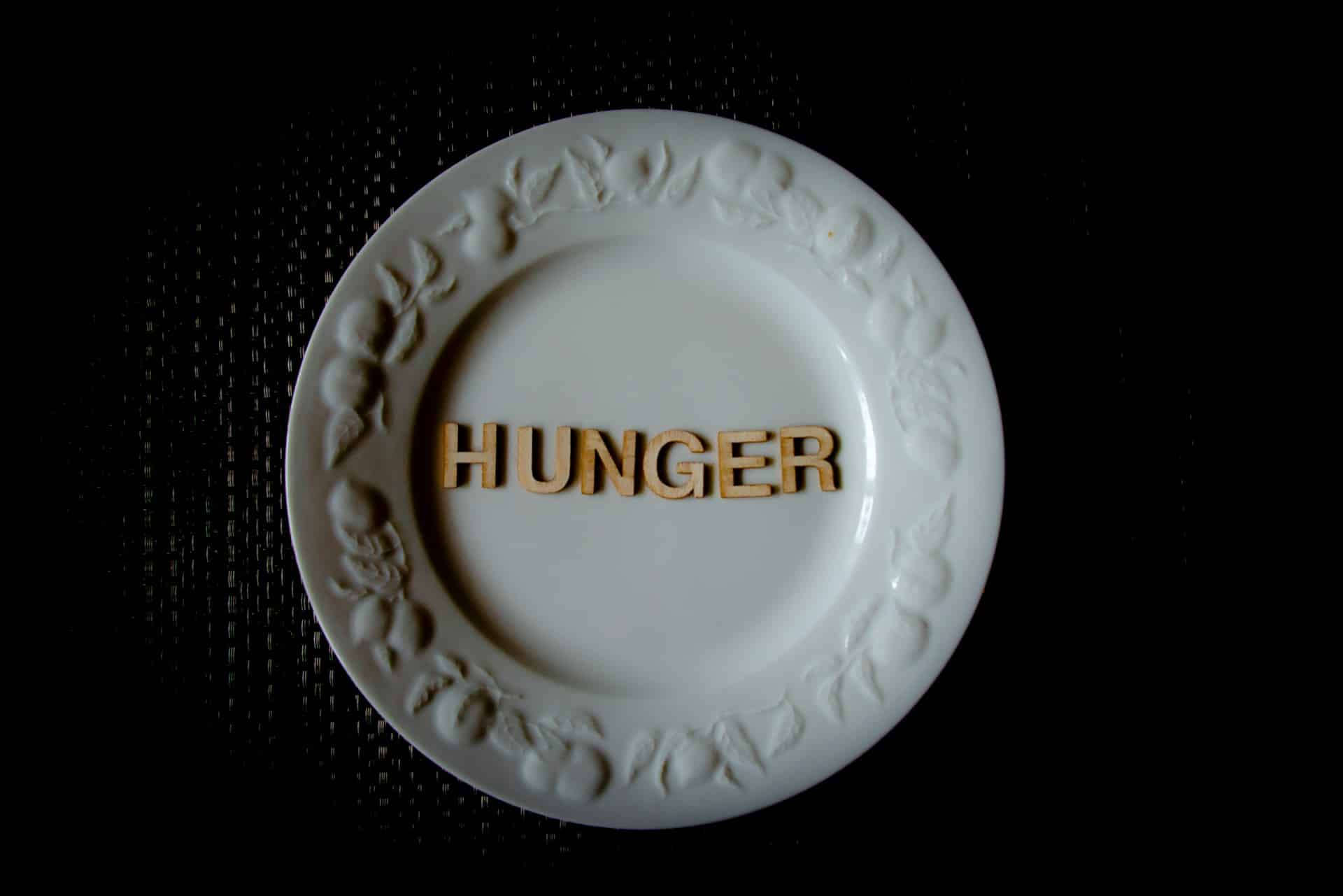
Adding to the concern, the federal government has canceled the USDA’s annual Household Food Security Report, the nation’s only comprehensive measure of hunger across demographics. For the first time in 30 years, the U.S. will not officially track food insecurity rates. Without this data, experts say, federal and state agencies will be “flying blind,” unable to allocate aid effectively.
Rising Costs, Shrinking Aid
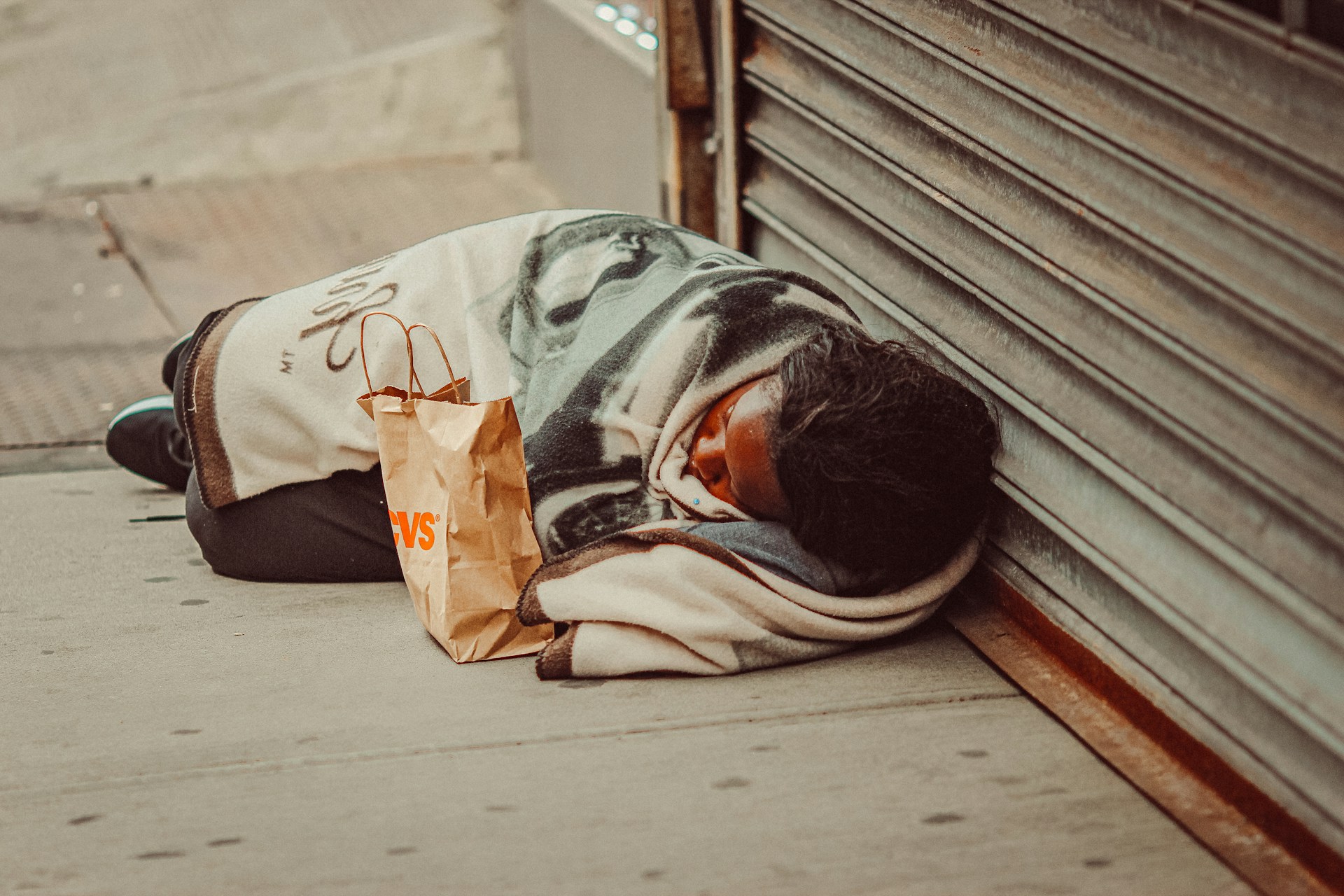
Inflation and new tariffs have pushed grocery prices up by more than 50% in cities like New York over the past decade. Meanwhile, food assistance budgets have been slashed and pandemic-era support has expired. Advocates say these overlapping pressures mean low-income families now face impossible choices of skipping meals, delaying bills, or cutting prescription costs just to afford food.
The Elderly at the Center of the Crisis
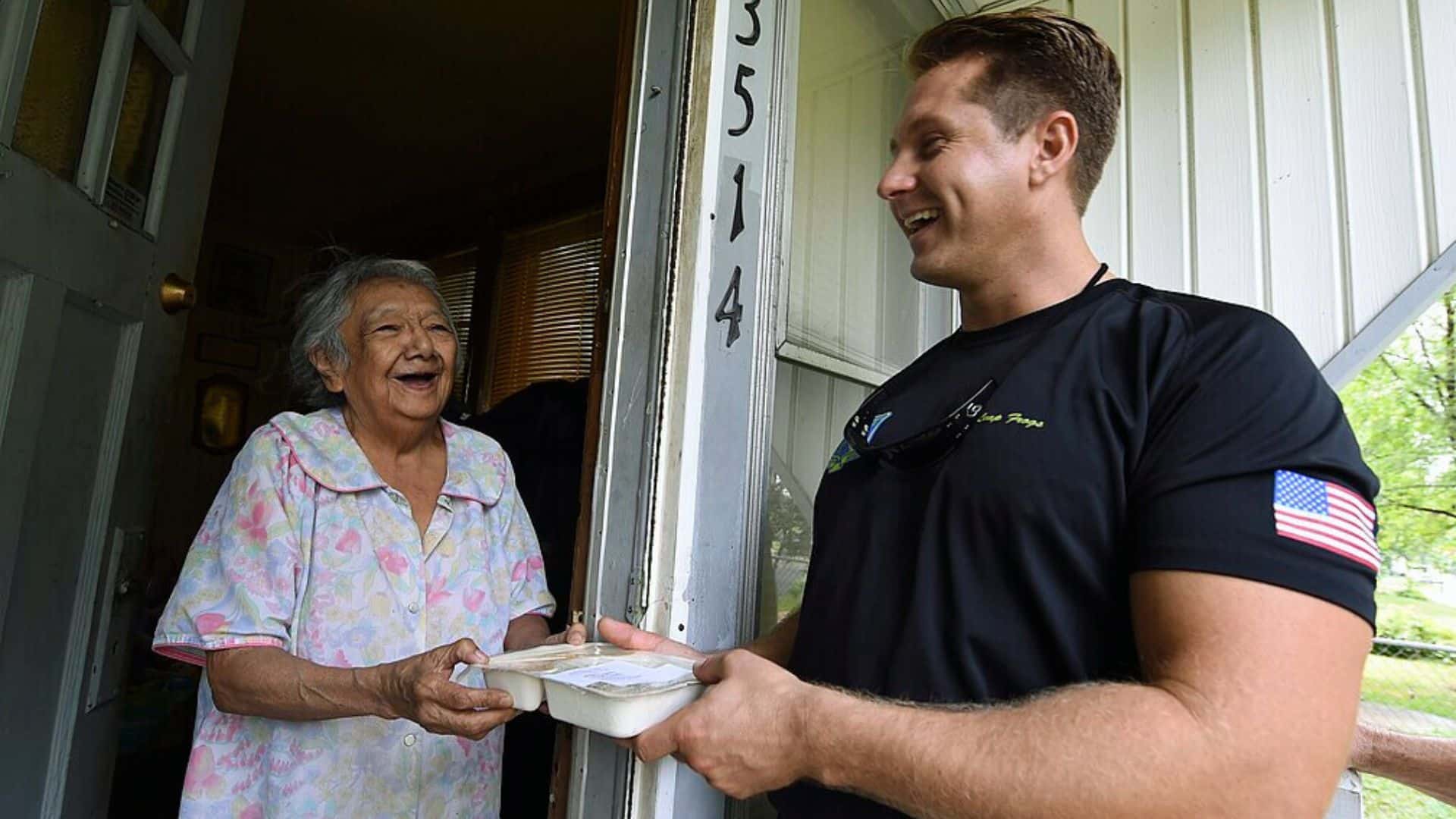
Seniors are among those most severely affected. Nearly 13 million older Americans now face food insecurity, with that number expected to grow as the population ages, according to Time. Programs like Meals on Wheels can only reach a fraction of those in need, leaving many elderly citizens to fend for themselves in isolation.
A Perfect Storm of Policy and Neglect

A report from Washington Monthly warns that the country is “sleepwalking into a hunger crisis,” driven by the convergence of federal inaction, economic shocks, and underfunded nutrition programs. As food banks report record demand, local governments say they lack the resources to fill the gap left by suspended or reduced federal support.
States Sound the Alarm

Across the U.S., officials from states including Pennsylvania, Ohio, and California have raised alarms about the imminent halt of federal food benefits, stressing that without an emergency funding extension, the consequences will ripple through schools, food banks, and senior centers within weeks, according to Reuters.
What’s at Stake for Millions
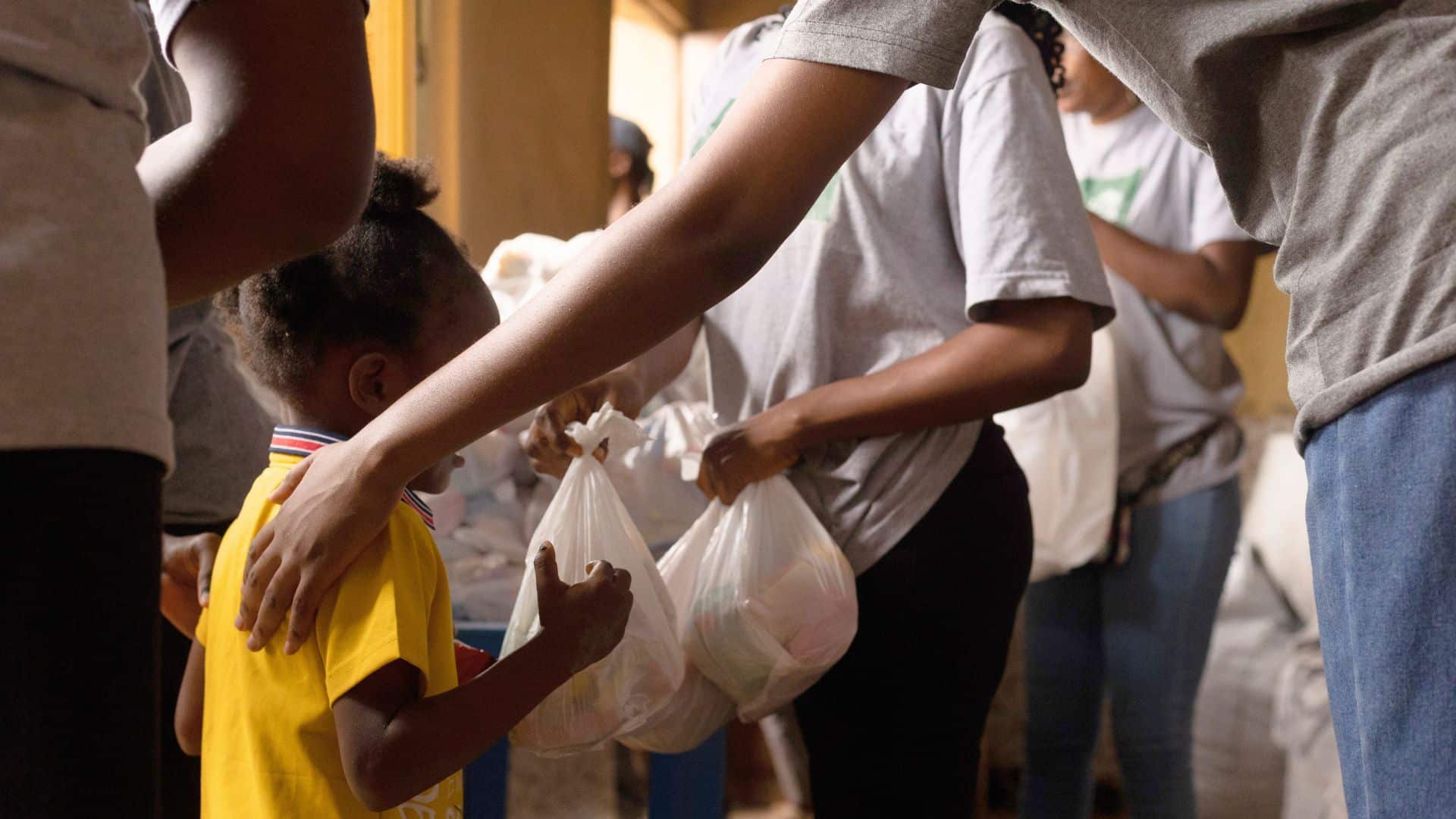
The timing of these setbacks couldn’t be worse. As Time highlights, by ending the USDA’s hunger tracking, policymakers are losing the very data that helps target relief to the most vulnerable. Without this information, hunger risks becoming invisible, a crisis measured not in numbers, but in silent suffering behind closed doors.
A Call for Accountability

Hunger has long been a symptom of inequality, but now it has become a barometer of national neglect. Experts warn that America’s ability to respond to crises is only as strong as its willingness to see them. Unless funding, data collection, and outreach are restored, millions of Americans could fall through the cracks — unseen, unheard, and unfed.
